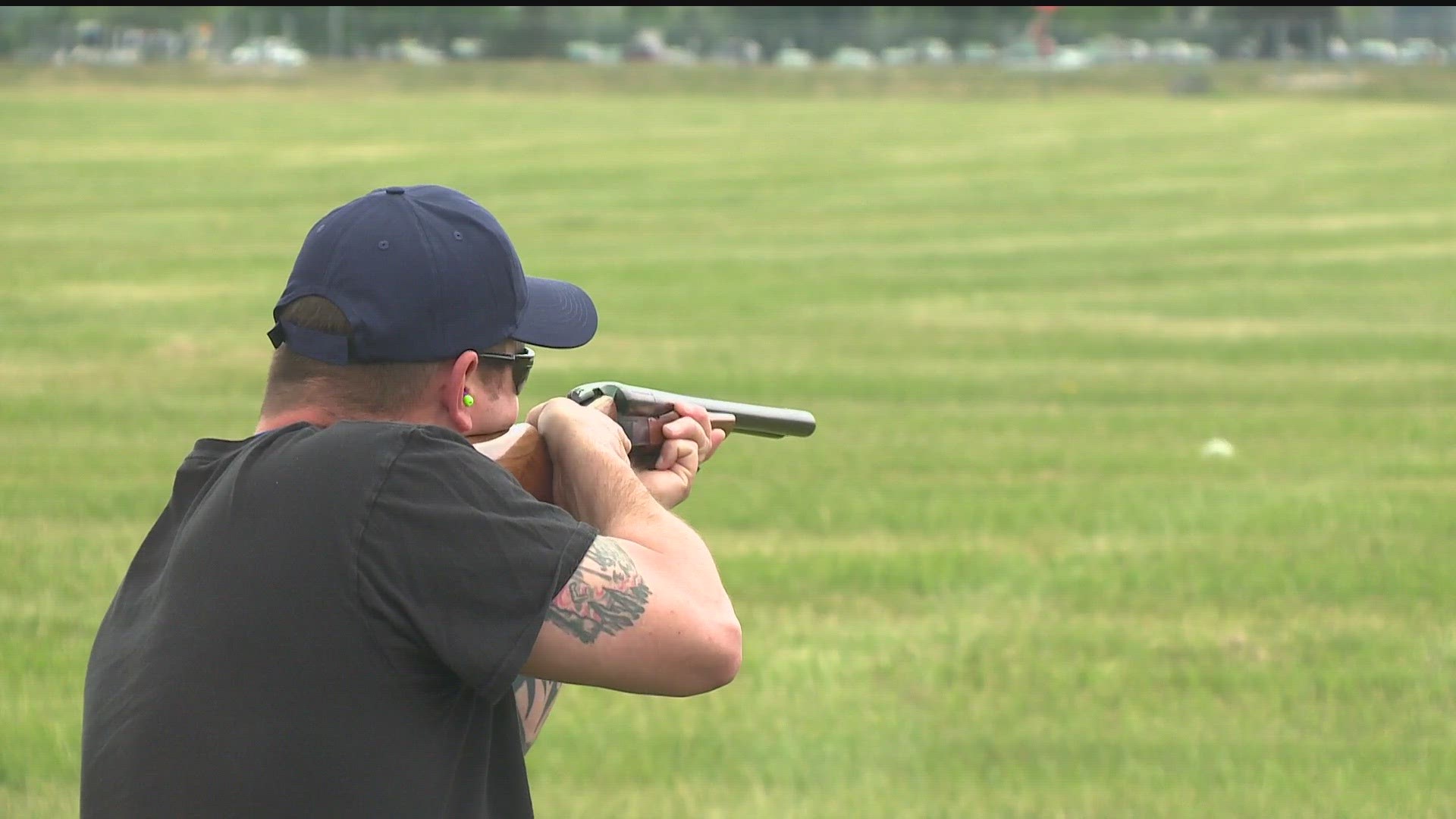BLOOMINGTON, Minn. — What do turkeys, gulls, ducks and coyotes have in common? They shouldn't be on airport grounds.
"There's been a number of bird strikes, with the Hudson...especially with geese, ducks their mass-- they can create a safety issue," Jeff Mattson said. "And the worst scenario for us, is in departure we hit a bird and have to come back."
Mattson, who is the Metropolitan Airport Commission's airside operations manager, said there were at least 150 bird strikes involving aircraft departing or arriving in MSP's airspace in 2022. None of the strikes was damaging to the aircraft, but strikes are something the commission keeps track of very closely.
According to the Federal Aviation Administration, which ran a wildlife study from 1990 to 2019, the number of strikes annually reported to the FAA increased 9.3-fold from 1990 to 2019. They saw 1,850 reported strikes in 1990, and 17,228 in 2019.
Birds, especially migratory birds are no strangers to Minnesota skies during particular times of the year.
"We are in the flyway here so especially Spring and Fall," Mattson said. "We do get a lot of migratory birds -- so it is something that we're concerned about."
The good news is, MSP is really good at making sure no one is finding a home near the tarmac.
The MAC runs training for other airport officials so they can learn ways to create an uninhabitable environment for wildlife.
"We're shooting pyrotechnics, so it's like a 15mm launcher, essentially like shooting fireworks," Mattson explained. "We'd use that if we had some birds on the field so they're getting acclimated to that, as far as, 'this is making a loud noise, we don't want to be here.'"
They use different techniques for different birds as well.
"Last year we had two eagle strikes, so that's a concern too, so we have some longer range [items] for swans, things that fly higher," Mattson said. "We have other higher velocity items we use also. It's called a CAPA. It goes about 1000 feet."
And it's not just winged creatures they're trying to spook away.
Four-legged critters can also cause issues. In the same report, the Federal Aviation Administration identified deer and coyotes as land mammals with the most damaging strikes to aircraft.
"Coyotes, fox, they will dig underneath the fence, and deer will come through a gate," Mattson said. "It doesn't happen very often but it is a possibility."
As with most things, Mattson said prevention and research are key to prioritizing air safety.
"We actually have a partnership with USDA Wildlife Services and they have biologists on staff that we work with," he said. "It's something we're watching every day and looking at risks that are possible for the airlines and the traveling public."

